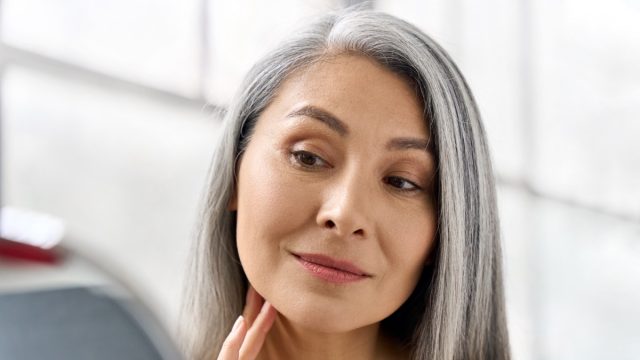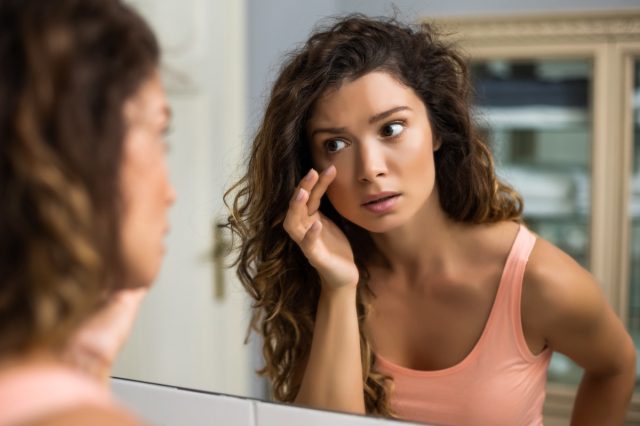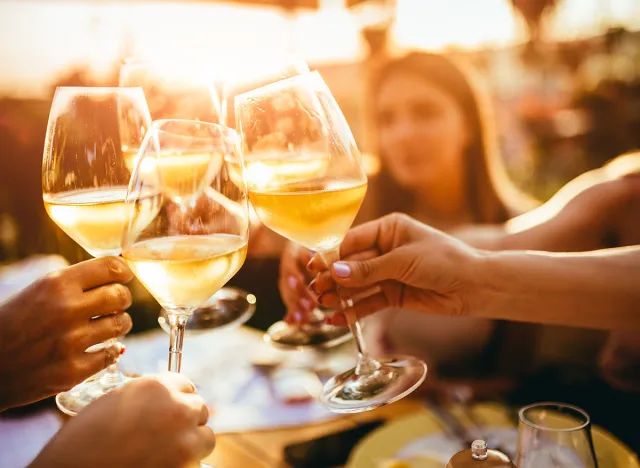Look and Feel 10 Years Younger in 8 Weeks Naturally

You don't have to go under the knife to look and feel younger. In fact, there are a variety of things you can do to promote longevity that don't even cost a dime. "Looking and feeling younger naturally involves a holistic approach," explains Certified fitness trainer Jason Kozma, aka Mr. America and Mr. Muscle Beach, who is a champion bodybuilder who trains clients at Santa Monica-based High Performance Personal Training. "Consistency is key, so stick to these habits over the course of 8 weeks to see and feel the difference," he says, offering some tips to look and feel better naturally.
Clean Up Your Diet

First and foremost, clean up your diet. "Eat natural, non-man-made foods like lean meats, green vegetables, natural carbohydrates, like oats or potatoes instead of bread, fruit, instead of sodas or candies or baked items," he suggests. Also, avoid food in boxes, meal prep yourself, and shop around the edge of the store, not in the middle.
Drink More Water

"Drink more water – and mostly just water," suggests Kozma. "Aim for 100 ounces per day." According to the Mayo Clinic, hydration is important for a variety of reasons. Water helps get rid of waste through urination, perspiration, and bowel movements, keeps your temperature normal, lubricates and cushions joints, and helps protect sensitive tissues.
RELATED: 10 Snacks to Help You Lose Weight
Exercise Regularly

Regular exercise is another key to longevity. "Incorporate a mix of cardiovascular exercise, strength training, and flexibility exercises into your routine to maintain muscle mass, improve circulation, and keep your body strong and flexible," he suggests.
Get Enough Sleep

Also, get enough sleep. "The average person needs about eight hours of sleep per night so your body can heal and your mind can be clear," says Kozma. What are the health benefits of sleep? According to the Sleep Foundation, getting enough z's is a mood booster, promotes heart health, regulates blood sugar, improves mental function, restores your immune system, helps relieve stress, and aids in weight loss.
Control Stress

Controlling your stress is also key. "Find ways to keep your mind calm. The exercise mentioned above goes a great way toward managing stress. Many people bolster this by adding meditation, practice, or yoga. Excessive stress creates cortisol, which is an aging hormone," Kozma says.
RELATED: 7 Fat-Burning Vegetables to Include in Your Diet Now
Create a New Skincare Routine

Creating a new skincare routine can also brighten up your complexion. "Cleanse, moisturize, and protect your skin from the sun's harmful rays with sunscreen to prevent premature aging," Kozma recommends.
Limit Alcohol and Quit Smoking

If you want to look younger, consider bidding adieu to bad habits. "Excessive alcohol consumption and smoking can accelerate aging, so limit alcohol intake and avoid smoking altogether," says Koza.
RELATED: I Lost 100 Pounds by Cutting Out Sugar
Think Positively

Finally, try having a positive mindset. "Cultivate a positive outlook on life, practice gratitude, and surround yourself with supportive people to promote mental well-being, which can contribute to a youthful appearance and attitude," Kozma concludes.
💪🔥Body Booster: Before you spend a lot of money trying to look younger, make some changes to your lifestyle that will help you look and feel more youthful.




